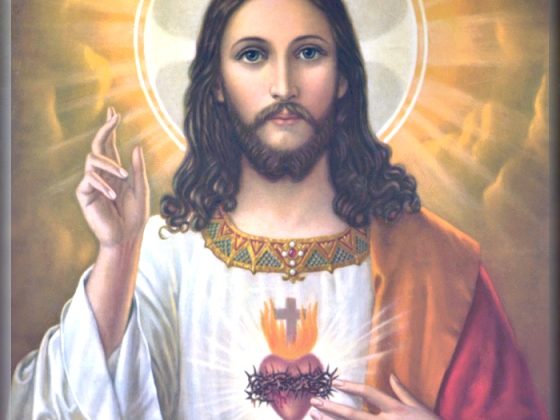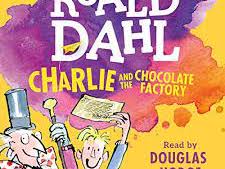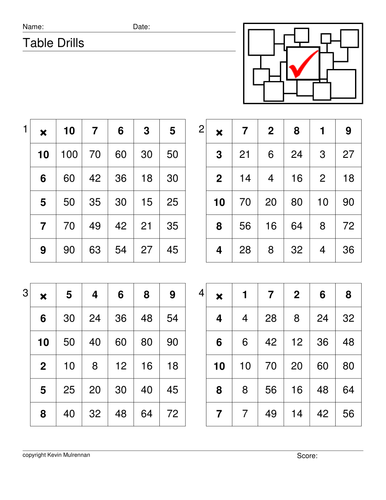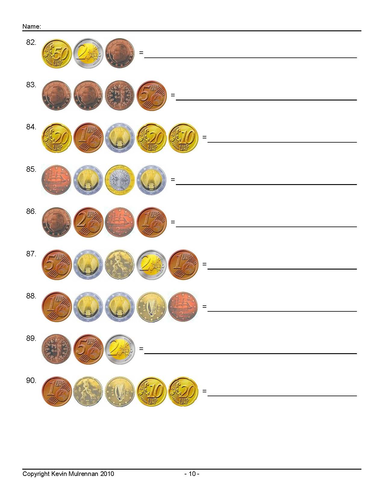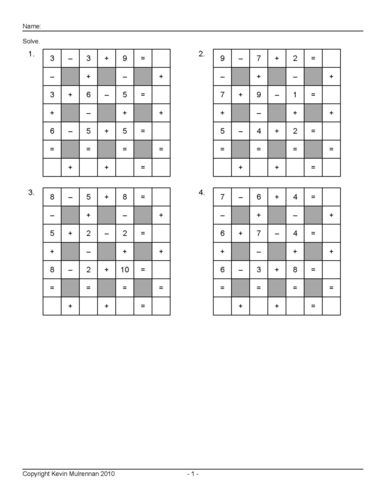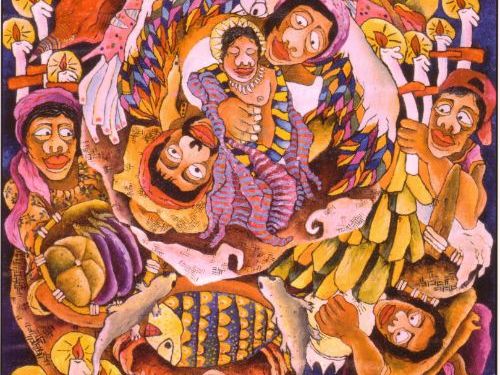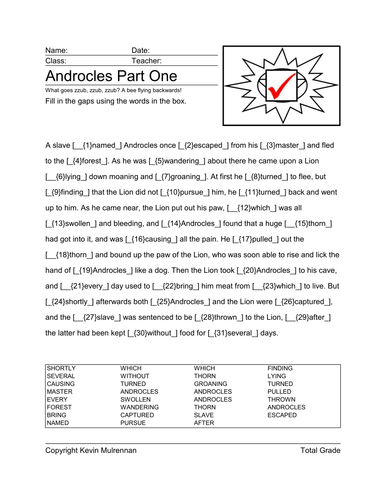404Uploads
119k+Views
40k+Downloads
All resources

Freebie Free 5 Worksheets Maths Shopping Arithmetic KS1 KS2 Money Counting
A freebie.
If you like these I have 100 for sale in my shop.
I have designed 5 worksheets on Money and Shopping for primary school children. I have used a variety of items, a variety of difficulty and a variety of numbers of questions per sheet. Pupils write on the sheets the total cost. e.g. a milkshake costs £2.90 a hot dog £1.65 How much would 2 milkshakes and 3 hotdogs cost? There is plenty there to reinforce the work done in the classroom. Good for extra homework or additional work for the bright ones. Answer sheets are provided for all worksheets.

Freebie Telling Time KS1 KS2 Mathematics Clocks Minutes Hours
A sheet where pupils have to put the correct times in.
If you like this, please visit my shop where you can buy a full set.

Teaching Resources worksheets Money Shopping cd KS2 Mathematics Coins
I have designed 100 worksheets on Money and Shopping for primary school children. I have used a variety of items, a variety of difficulty and a variety of numbers of questions per sheet. Pupils write on the sheets the total cost. e.g. a milkshake costs £2.90 a hot dog £1.65 How much would 2 milkshakes and 3 hotdogs cost? There is plenty there to reinforce the work done in the classroom. Good for extra homework or additional work for the bright ones. Answer sheets are provided for all worksheets.

Freebie 2 French Wordsearches KS1 KS2 Perfect for Friday Afternoons With Answers
2 French wordseaches with answers.
Each one has 20 basic words to find.
Perfect for rainy Friday afternoons, homeworks etc.
If you like these, please visit my shop where you can purchase 500 of these at a very reasonable price.

Freebie Fractions KS1 KS2 Mathematics Simplifying Mixed Fractions etc
An example freebie of my self-designed fractions sheets.
If you like this one, please take a look at my shop.
You could but half a million questions on fractions.
Or maybe ones on simplifying fractions, Mixed fractions etc.
Please look for the bundles if you are looking for great value.

Years 1 to 4 Complete Year's Religious Studies R.E. Planning
For all years 1 to 4 complete planning all terms.
Easily adaptable up or down, so will save you hours.
Catholic in flavour but other religions included.
Contains powerpoints, planning, worksheets, info etc.
Why not look at the bundles. Incredible value and it’ll save your precious Sundays.
Ideal if you have been chosen to deliver R.E.
N.B. You will need to spend some time organising as I am retired. Also not a great deal of year 2 stuff. If you want superorganised stuff, please look at my RE powerpoint stuff,
sample planning :
Learning and growing as the People of God:
Short-term Planning Unit I – Easter
Most children will know that the four Gospels contain accounts of the Resurrection of Christ. They will be able to understand the transforming effect this had upon the disciples. The children will know that the Ascension reminds Christians of the promise of Christ to remain always with them.
Less able children will be able to recall parts of the Resurrection story from some of the Gospels.
More able children will have a greater understanding of the importance of the Resurrection for Christians today and of their belief in the presence of Christ in the Church and in their lives.
Start date: Finish Date
Additional details including groupings, differentiation Vocabulary and
Key Questions Resources Prayer
Revise with children previous learning about the Church’s celebration of Easter.
Recall that it is a season of fifty days and revise some of the colours and symbols of the season that are used in the Church’s liturgy.
Activity:
In groups - give children the colours and the symbols to match.
White Easter light
innocence
purity
joy
triumph
glory
Red Feasts of the Lord’s Passion, Blood and Cross the Passion
blood
fire
God’s Love
martyrdom
Palm Sunday
Purple Good Friday penance
humility
melancholy
Gold Easter joy
Children to read one of the four Gospel accounts of the Resurrection:
Matthew 28: 1-15, Mark 16: 1-17, Luke 24: 1-43, John 20: 1-21
Group Activity:
Must - Highlight the words and actions of the disciples and the women and the words and actions of Jesus.
Should/Could -Create a resurrection appearance table. Include in the headings: What the disciples were doing, what they saw, and what Jesus said and did.
(Use the above Gospel accounts to fill in the table).
Plenary:
Children to imagine that they are about to meet somebody who had never heard of Jesus before. What would they tell this person about the resurrection? What would be the most important information that they would need to pass on?
What were the words and actions of ____ at the resurrection of Christ?
Markers Remind the children that prayer time is an
important opportunity for us to recognise
the presence of Jesus in our lives.
Provide moments for silent prayer. Use
music and appropriate Easter focus,
Use the Resurrection and Ascension
stories during Collective Worship.
Other links/Homework

Literacy Ideas Talk For Writing Wolves Emily Gavett
Nice powerpoint and notebook files and great grammar word document that you can use for display.

Charlie and the Chocolate Factory Planning Roald Dahl Literacy
Three weeks great planning. Don’t expect lessons on Charlie. It’s report writing in English using Charlie with powerpoints etc
Great powerpoints
Zip file has more. I’ve put some example stuff on to give you a flavour.
Introduce the new unit and read the writing outcome with the children.
Complete a skills audit verbally. TTYP – what skills do you already have that will help you to achieve the outcome? What skills do you think you will need to revise? Are there any completely new skills you will need?
Introduce the focus text. We know a lot about Roald Dahl from our biography unit. Has anyone ever read ‘Charlie…’?
Seen the films?
Explain that we need to know the story line and the characters, so we are going to spend today’s lesson using the 2005 film as a visual text. The rest of the week will be spent comparing the visual text to the written text and completing various activities and pieces of writing.
Become familiar with the story by using a visual text.
Use both visual and written texts to analyse character and setting descriptions. Finish any of the DVD which we didn’t finish yesterday.
Use the written text to read the character descriptions of Charlie, his parents, grandparents and the four other winners of golden tickets.
Activity One
Come back together, discuss and put information on working wall.
Repeat with setting descriptions.
Look at a still of Charlie’s house from the film and read the setting description for it.
Look at the still from the ‘meadow’ in the chocolate factory and read the description on pages 87-90.
Activity Two
Revise features of journalistic writing.
Compose a newspaper article using the correct form and language.
Working in pairs, children to sketch a story mountain onto a whiteboard. Children to then summarise ‘Charlie…’ using one or two sentences for each section of the mountain.
Come back together and discuss.
Read chapter five of the text. What main event is happening? The announcement of the golden ticket competition.
Watch 14:28 – 15:44 – how does the film embellish the details given in the book?
Explain today’s task, you are a senior news reporter for the ‘International Herald’ a newspaper which is published in many different countries, many different languages all over the world. Your editor has asked you to write a newspaper article about this event. Your report will be published the day after Willy Wonka’s signs went up. You will be reporting on the competition, the prizes and the mania sweeping the world.
TTYP – what are main features of a journalistic piece of writing?
Come back together and list for the working wall:
Headline, paragraphs, subheadings, quotations, orientation, 5 ws, past tense, direct, formal, balanced etc.
Brainstorm some headlines for our article.
List the 5 Ws on the working wall.
Give each child a checklist and an inverted pyramid.

Free Freebie Good Samaritan Lesson Simple and Effective for Year 4 R.E. Literacy
Got me a job so must be reasonable!
A simple lesson plan, worksheet, powerpoint.
Great for discusiing with pupils.
I have plenty of maths, literacy, languages and Literacy stuff so have a look after downloading this freebie.

Table Drills Mathematics Multiplication KS1 KS2 Maths Freebie Free
If you like this resource more available in my shop.
Fill in the gaps to get the correct multiplication answer.

Freebie Telling the Time KS1 KS2 Mathematics
A sheet with answers where pupils have to draw the hands to show the time on a small clock.
If you like this, please visit my shop where there is a more sophisticated product.

Euro Coins Worksheets KS1 KS2 Mathematics Freebie
A worksheet that pupils have to fill in. They have to add up the coins.
If you like it, please visit my shop that has an enhanced similar product.

Maths Puzzle Across Down Addition and Subtraction Puzzle Plus Answers
Great for reinforcing maths.
Across-Downs is a fun activity that reinforces addition and subtraction skills.
The object of the exercise set is to find the answer for each row and column, then use those answers to calculate the final answer in the lower right-hand corner of the puzzle.
This tests addition and subtraction.
If you like this freebie, please visit my shop which has loads of puzzles for sale. Buy the bundles for best value.

Latin Word Search Freebie plus answers Cambridge Latin Course
A freebie.
A Latin word search.
If you like this one, I have 500 for sale in my shop.

Christmas Powerpoint Free Freebie Lesson Taster Advent Religious Studies
A freebie.
A nice powerpoint on the religious aspect of Christmas.
I’m hoping to interest you in buying my series of Christmas lesson on R.E.

Aesop Fable Cloze Test Androcles Classics Latin
A cloze test on an Aesop fable.
If you like this one I have a collection in my shop.
You get many, many more of them at a reasonable price.
Great timefiller for Froday afternoons or homework.
If you like the product, please leave a good review, especially as it’s FREE! Thank you!

Christmas Year 6 Planning With Emphasis on Comparison of Gospels
Great planning.
Powerpoints and worksheets plus a week plan.
sample planning :
Ask children to think about their literacy lessons – TTYP and name the important details that are needed in telling a story
(e.g. time, place, characters and events).
Ask children to the recall names of the four main Gospels.
Do they all tell the same story? (Essentially yes but lead children towards idea that they are different versions of the same story).
Use analogy of an incident occurring on the playground – would each child tell the same incident in the same way? No they would tell their version of the same event – some details and word choices would differ.
Talk about today’s WALT and explain that we are going to be looking at some different Gospel accounts of the birth of Jesus Christ. Explain to ch that, in order to achieve their WALT, they will need to be comparing and contrasting everything which they read.
Explain briefly that three out of the four Gospels deal with the birth or Christ; there are many similarities and many differences in the way in which the Gospels record and explain the event.
For today’s lesson we are going to focus on Matthew’s Gospel and Luke’s Gospel.
Discuss possible reasons for the differences in the two accounts. They are coming from two different people; points of view; written at different times but the basic story is the same.
Briefly recap last lesson. Which two Gospels did we look at? Which story were we reading? Did both Gospels tell the story in exactly the same way?
Refer to the list which was made in the plenary last lesson - which other characters were involved in the Christmas story?
Re-read the story of the birth of Jesus in Matthew’s Gospel. Continue to read until Chapter 2 verse 12.
Why did the message of Jesus’ birth first come to shepherds rather than King
Herod?
Why did Herod want to get rid of Jesus?
What words would you use to describe the threat that this baby was to Herod?
What do you think led men to come from the east by the light of a star to find this child?
Herod assumed the King of the Jews sought by the wise men was a conventional king and thus a rival to his throne.
TTYP – what were the names of the three gifts which the wise men brought to the baby Jesus?
Briefly recap the unit so far. Who are the main characters in the Christmas story? Which two Gospel accounts of the birth of Christ have we looked at? What are the similarities and differences between them?
Share the WALT and explain that this lesson will focus on the birth of Christ according to St John’s Gospel.
Explain that in St. John’s Gospel there is no account of the birth of Christ, but there is a poem at the beginning that speaks about him.
Use PPT to explain a prologue.

Year 6 Grammar Resources plus Reading and Homework Ideas
Gathered together a lot of my teaching material.
Packed full of stuff that you can use for Spag, Grammar, homework =, reading session etc.
Everthing is in the zip. I have put a few examples in the general upload.
Sample ideas :
• Pick a descriptive word from the text, write it down and, using a thesaurus, write down five synonyms and antonyms for that word.
• Re-read a chapter – pick out X number of words that you feel are powerful words and that you could use in your own writing
• How does the story hook you in at the beginning? Make a list of words and phrases that you feel are effective in making you want to read on.
• Draw and label a character or a setting from a description in the book.
• Choose a descriptive passage and make a list of examples of vivid imagery – similes, metaphors, alliteration, noun phrases etc.
• Choose a key moment in the book and change the event. Re-write the following chapter…
• Rewrite a chapter as a playscript.
• Think of 5 questions you would like to ask one of the characters. Swap these with someone else in your group and write the answers as if you were that character.
• List the words and phrases used to create an atmosphere, such as ‘scary’ or ‘spookiness’ ‘tension’ ‘relaxed’
• Write about what a character might be thinking or feeling at different stages of the story. You could write it in the first person, or in a speech bubble.
• Predict what might happen when you are about halfway through a book. Write your prediction in the form of a story plan in boxes

Back to School Science Year 5 Healthy Eating Scurvy Worksheet Powerpoints
8 powerpoints and 4 word documents.
Nice scurvy worksheet.
Fun games on Science. Sample planning below. You get a lot more in full product.
Begin by discussing ‘science’ with the class. What do they think of the subject? Can they name any important scientific skills?
Introduce topic and ask children what they think the word ‘health’ means. Talk with talk partners. Children to find definition in dictionary and write class definition on strips of paper for display wall. Lead into a class discussion on keeping healthy; can the children predict what sorts of topics we might we might be covering? Can the HA children predict what SC1 investigations we might be carrying out? Introduce children to the resources which will be available to help them during this topic; the working wall plus table mats. Explain that each science topic will have a topic page and a glossary. This glossary gives the definitions of important vocabulary which they will come across during the unit.
Activity One
Children to feed back and complete class prior knowledge map. (Even if facts are not correct, add them on and clear up misconceptions throughout unit.) Children could add to their own map in a different colour any facts they have not got, which their peers suggest.
Plenary
Children to write some questions they would like us to find out during topic. Add to display and ensure they inform further planning.
Homework: Children to bring in food labels for next lesson.
Explain that we are going to look at the affect of our diet (what we eat) on our health and growth. Ask the class, What are your favourite foods? What foods would you eat all the time if you could? Ascertain that it might not be a good idea to live on just a few foods such as chips and that we need a variety of foods in order to function properly.
Scan in some food labels.
Display the food labels that the children should have brought in from home. What information do we find on the labels? Make a list of some of the key words on the labels. Why do manufacturers put information on food?

year 6 Literacy Fiction Genre To plan, draft, write and improve an engaging short story
4 main weeks’s work.
Plus powerpoints and resorces.
Great for year 6.
Sample planning.
Learning/Writing outcome: To plan, draft, write and improve an engaging short story in a particular genre using appropriate language and organisational features.
Introduce the words ‘fiction’ and ‘genre’. TTYP and discuss the meaning of the word ‘genre’. At this point, introduce the new and improved writing journals where children can make notes during lessons, can jot down words they wish to magpie, jot words that they have generated but which aren’t suitable for the task in hand and can jot questions/things they are unsure about. Explain that I will prompt to use these for the first couple of days but then children need to become more independent. Prizes for most effective use!
Ensure the children understand the difference between fiction ‘narrative’ and non fiction ‘non narrative’.
Activity One
Come back together and do class mind map for working wall.
Ask children to think of any titles of books which could fit with any of these genres. Ask children to discuss their preferences and discuss our preferences with them.
Activity Two
Talk about how they sorted the books in activity two. What clues were you looking for? Talk about words which suggest different genres. Explain activity three.
Activity One
In lit books complete quick mind map of different types of fiction genre.
Activity Two
Children to work in table groups. Children to be given a wide range of fiction books from class/school library.
Children to sort the books into fantasy, historical, science fiction and mystery by scanning the book, looking at the front cover and reading the blurb.
Activity Three
Children to have a selection of pictures from books (front covers and insides) and blurbs from a variety of fiction books. Ch to decide which genre they think they book comes from and justify their opinion by highlighting the key words or annotating the pictures.
SEN: () to work as a group on this task.
MA: In pairs. With teacher to work with ‘Quality Question Marks’ (both groups).
HA: Independently.
Plenary:
What have we learned? What is narrative? Non narrative? What is a genre? Name some genres of narrative? What is your favourite? Why? Least favourite? Why?
Does this link to visual literacy (i.e. do films and TV programs split into genres?)






